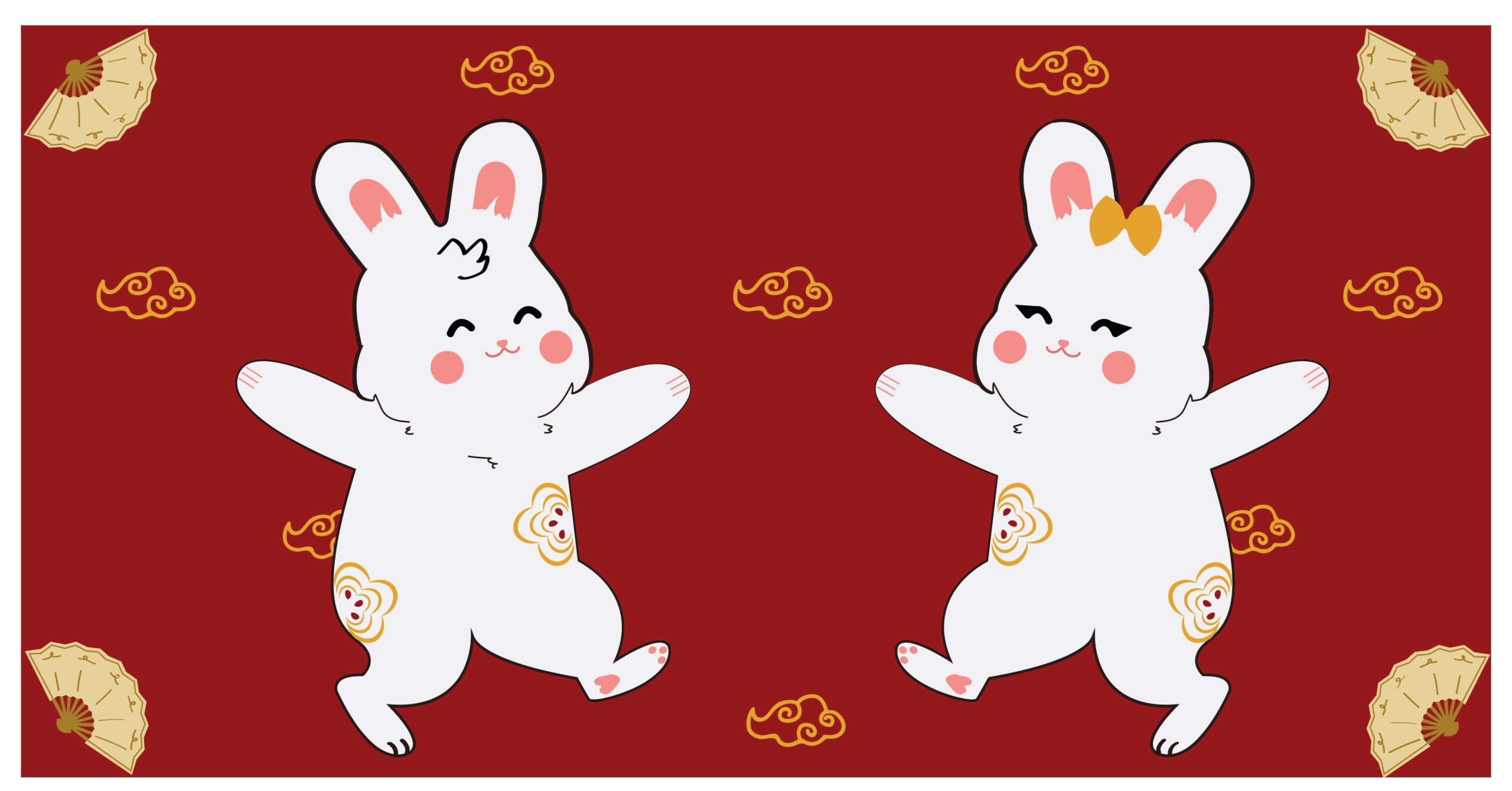Legends and traditions of Lunar New Year
With Lunar New Year around the corner, here are some traditions that can help you learn a little more about the 15-day long holiday.
As legend tells us, the monstrous Nian would come down from the highest mountains at the eve of each year and into the Chinese villages, only to terrorize the villagers and even feast on them for dinner. The frightened people came to adapt to Nian’s annual disruptive visits. They learned that by creating loud noises, shining bright lights, and decorating with red all around, they could successfully keep the beast astray. Or so the tale goes.
This legend is one of many that have continued to explain the origins of the celebration of Lunar New Year, and the symbolization of the special traditions that come with the holiday. While the holiday also goes by the name of Chinese New Year, it is not limited to the Chinese community. It is widely celebrated across South Korea, Vietnam, Malaysia, and Singapore, in addition to being recognized as a global holiday. Each community indulges in their own unique adaptations and rituals while maintaining a similar meaning behind the celebration, signifying the arrival of spring and the new year in accordance with the lunisolar calendar.
In preparation for the upcoming year, Lunar New Year celebrations can be seen as symbolizations of new doors filled with abundance, good luck, and prosperity opening, while doors from the past year close, and we say goodbye to any troubles they came with.
Like the Western New Year, Lunar New Year includes well-known traditions revolving around time with loved ones, gifts, and decorative gatherings, with some significant differences.
Starting off with a clean slate (literally), many Lunar New Year celebrants make it a custom ritual to clean their homes thoroughly before the real celebration can begin. This practice surrounds the belief that cleaning one’s home is an act of sweeping away any negative energy to create space for the new, fresh energy of the new year. The tradition is also thought to rid one’s home of anything that may no longer be purposeful, really putting the “out with the old, in with the new” saying into play.
As many Western New Year celebrants practice, Lunar New Year also encourages the gathering of family, friends, and loved ones during the celebration. Being so important to the holiday, many celebrants put in as much effort as possible to travel home and spend time with their entire family, mainly for a celebratory reunion dinner.
With red being the star of the show during this time, Lunar New Year decorations and preparations nearly all include the color, not only in precaution for the legendary Nian, but also to signify good luck, prosperity, and positive energy. Most homes are decorated with banners, flowers, centerpieces, lanterns, and paper cuttings, the majority of which feature at least a hint of bright, auspicious red. Red is so symbolic to the event, that during the season, adults practice Ya Sui Qian, which entails filling red envelopes with cash and gifting them to children, and sometimes the elderly, as a symbol of good luck and peace for the new year. The practice is meant to further signify the importance of red during this time, although some may say that what’s inside counts just as equally.
The Lantern Festival, a gathering of loved ones filled with music, decorations, performances, games and parades signifies the end of the Lunar New Year celebration. One of the most special parades is that of the lion and dragon, which symbolize the friendship between the two as they fight off the monstrous Nian and other evil spirits, bringing prosperity and harmony to the new year.
There are more traditions and special rituals surrounding the spectacle that is Lunar New Year, all practices that hold a dear place in the hearts and homes of families across the globe. Even if you are not a Lunar New Year celebrant, indulging in certain practices may turn into something more meaningful than you thought.

